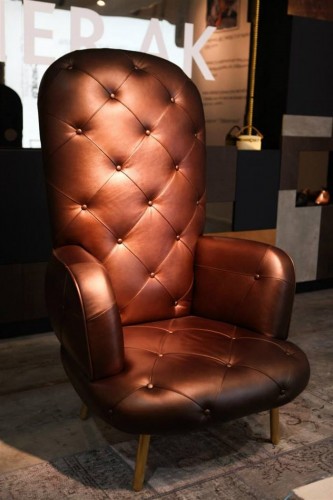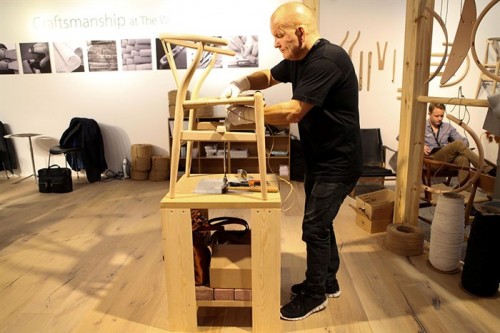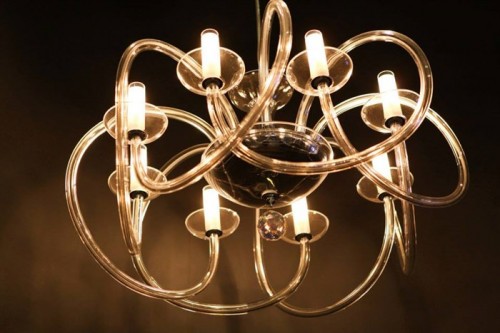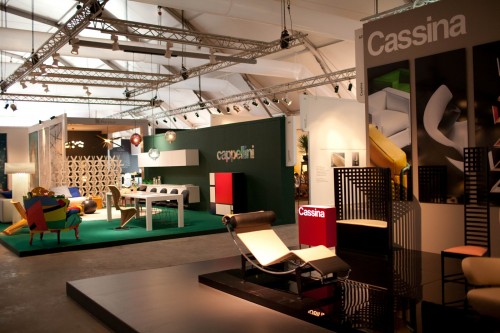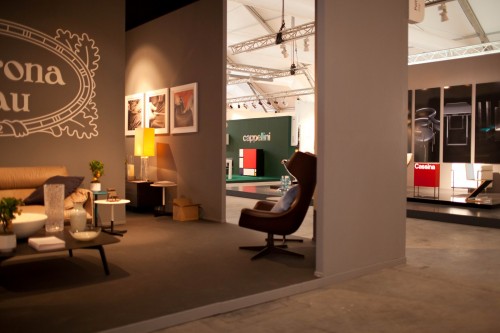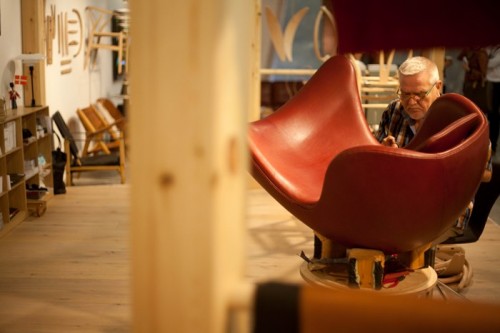Organised by the team behind Art Dubai and Design Days Dubai, the inaugural Downtown Design, the former’s more commercially oriented counterpart, offered seminars, special events and a place for design professionals to enhance their business.
Throughout the 4 day exhibition there was a definite focus on local manufacturing and the growth of regionally based designers. The consensus however, seemed to be that the region still has a long way to go if it is to become a world class design hub due mainly to the lack of manufacturing options available.
In a keynote seminar on The Role of Craftsmanship in Contemporary Design, Dorian Pauwels, Executive Director of ikonhouse, explained that to compete in the world of design, products need to be finished properly and to a high standard – it is as much about the facets of the product that you cannot see as it is their outward appearance. A shinny finish does not necessarily imply high quality. Unfortunately, there appears to be a general unwillingness by manufacturers in the region to employ sufficient levels of quality control in order to reach this standard.
Despite this, there are designers manufacturing locally. Khalid Shafar’s new collection, Deco Haus, has been manufactured entirely within the UAE using traditional products such as camel leather. When questioned about where to show work as a local designer Shafar’s advice was that although “it is important to show internationally, we must not forget the local market”.
There are also international brands who are committed to growing the design industry here. In one of their talks, Fritz Hansen discussed the fact that although the brand’s ethos is to maintain the design classics, they still need to work with up and coming designers and, although they don’t currently work with any local designers, that doesn’t mean they won’t in the future.
In addition to local manufacturing issues, the question was often asked, how can we incorporate classic design into the local aesthetic?
PF Emirates, whose vision is to bring the best of Italian design to the region, are heavily invested in the UAE. Cassina, known for its fusion of tradition and contemporary and using modern technology combined with traditional craftsmanship, is “listening more to what the very cosmopolitan market in the UAE wants” and, as Cassina looks more towards collaborating with non-Italian designers, it also understands that the local consumer market is impatient and won’t wait for long delivery times. This leads back to a need to educate the local market to understand that quality has a certain price, and that is time.
GAJ, an award winning architectural and interior design practice and also the largest and most established UK architectural and design company based within the UAE, are also dedicated to incorporating traditional Islamic themes into modern architecture. In a seminar, Designing in the Middle East – A Contextual Approach, they discussed current design trends and concluded that the “best designers in the world understand history”. “Now that the Dubai bubble has burst there is much more room for good design” said Simon Chambers, Partner at GAJ. “Architecture needs to be aware of the environment, if you’re not careful, especially at the pace Dubai is growing, a city will lose it’s identity. We need to understand places like Bastikiya, why they exist, not to be copied but to be incorporated into modern design”.
Another trend that is slowly but surely being understood in the Middle East is sustainable design. This is something that designers will have to push in order for it to be incorporated into the mainstream.
With the exciting plans for the Dubai Design District well underway, there is a definite focus, not just Dubai but the region as a whole, towards looking at what the industry will need in order to flourish, enabling Dubai to become an international hub for the design, fashion and art industries.
Images via: Downtown Design

